
The national parks and monuments of the United States have been called the world’s most magnificent rock collection for good reason. Of the National Park Service’s 189 national parks and monuments, most have geologic features that are described either as “significant” or “spectacular.”
Each year, these remarkable landforms—deep gorges, sheer cliffs, steaming hot springs and geysers, massive sand dunes, volcanic cones and flows, natural bridges, glaciers, stalactite-decorated caves, and colorful stone spires—attract hundreds of millions of visitors. And for those interested in geology, the time to visit the national parks and monuments has never been better, thanks to updated and upgraded geologic explanations.
Historically, geology had long taken a backseat to the parks’ more obvious attractions of scenery and wildlife. But in the 1950s and 1960s, growing numbers of visitors began showing interest in the earth sciences, especially geology. In the early 1990s, the National Park Service began rethinking the role of geology as an attraction. Since then, it has placed greater emphasis on geologic education—in other words, on the science behind the scenery.
AWE-INSPIRING GEOLOGY
Today’s visitors still marvel at the landforms for which the national parks and monuments are famous. But now, more detailed exhibits, improved interpretive signage, and focused ranger programs and lectures make it easier for visitors to learn about the geologic forces that created these remarkable landforms.
The landforms in the national parks and monuments were created by five basic geologic processes: sandstone erosion, volcanics, groundwater dissolution and redeposition, glaciation, and mountain building and faulting.
この記事は Rock&Gem Magazine の June 2021 版に掲載されています。
7 日間の Magzter GOLD 無料トライアルを開始して、何千もの厳選されたプレミアム ストーリー、9,000 以上の雑誌や新聞にアクセスしてください。
すでに購読者です ? サインイン
この記事は Rock&Gem Magazine の June 2021 版に掲載されています。
7 日間の Magzter GOLD 無料トライアルを開始して、何千もの厳選されたプレミアム ストーリー、9,000 以上の雑誌や新聞にアクセスしてください。
すでに購読者です? サインイン
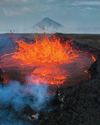
THE BRIGHT SIDE OF VOLCANIC ROCK
As a mineral resource, volcanic rock is decidedly short on glamour.
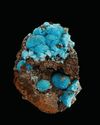
The Other Copper Minerals
12 Lesser-known Collectible Species

MINERAL COLLECTING -AND ROCK & GEM
Evolving Together FOR 54 YEARS
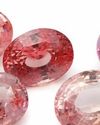
Gemstone Trends
A Look Back at 2024 & What to Expect in 2025
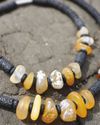
How to Make a GEM BEAD NECKLACE
No Lapidary Experience Needed!
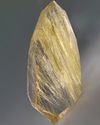
Framing Nature's Art
Faceting Rutilated Quartz for Beginners
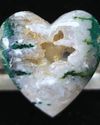
BEDAZZLED BLUE SEAM AGATE
More than several centuries ago, mining was the profession most often seen as befitting of men.
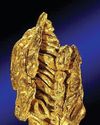
ROCK & GEM FIELD GUIDE:
Spinel is a captivating gemstone with a rich history of being mistaken for gems like ruby and sapphire.
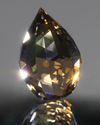
SNAKE SCALE DROP 1.5:1
This Faceting Focus is revisiting the briolette gemstone design because of its popularity with independent and hobby gemstone faceters.
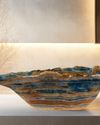
STONE CHIC
How Earth-Inspired Decor Brings Comfort to our Home